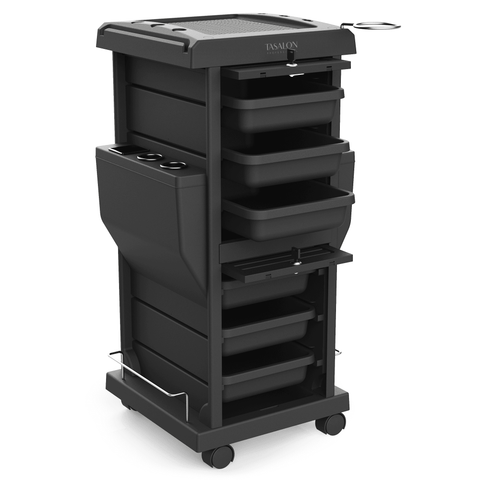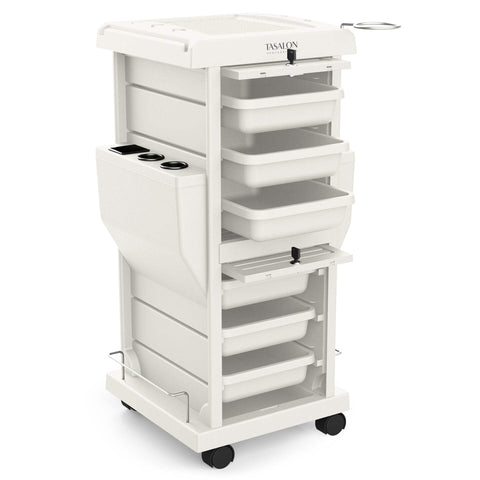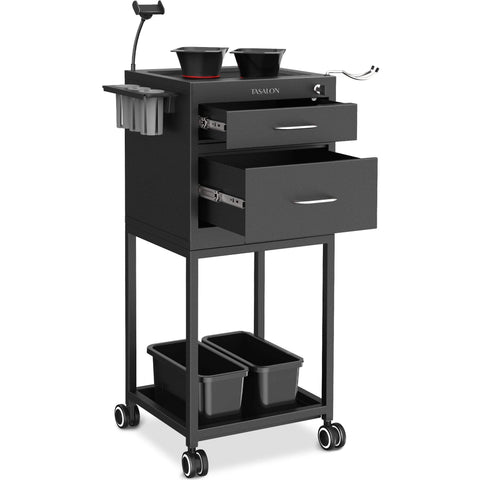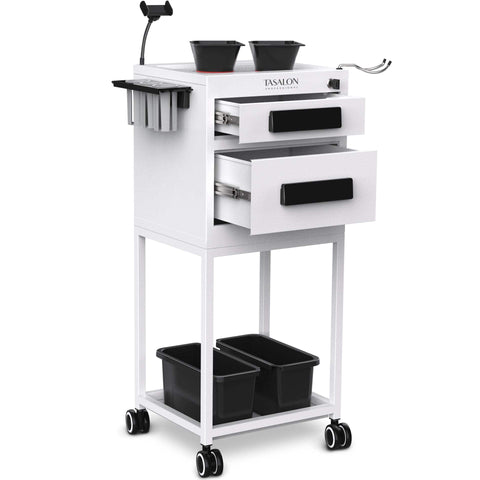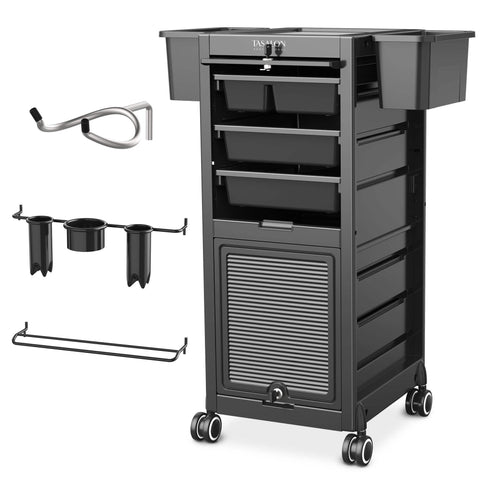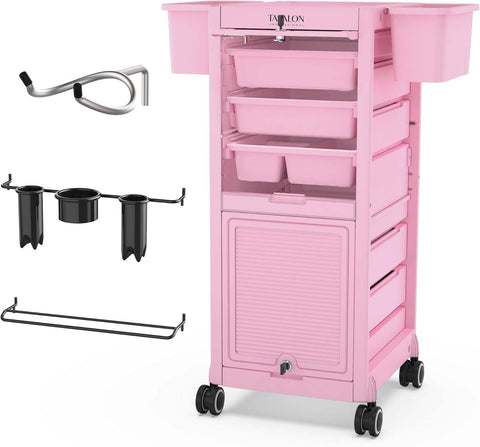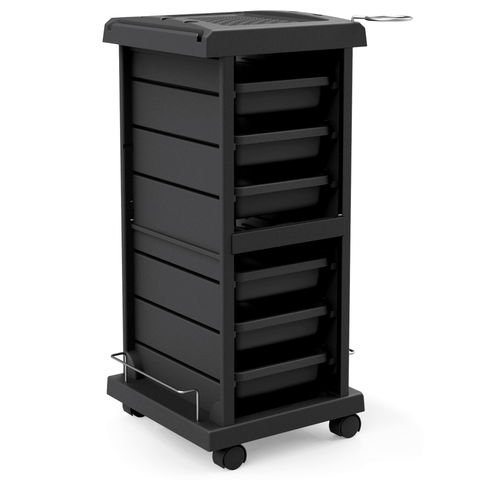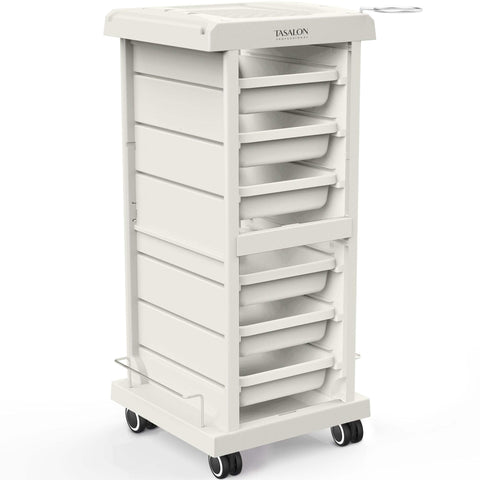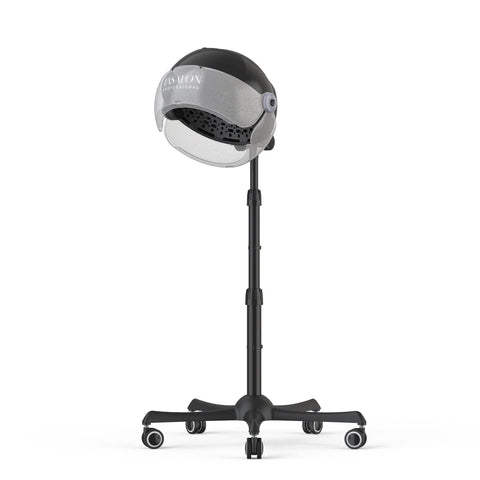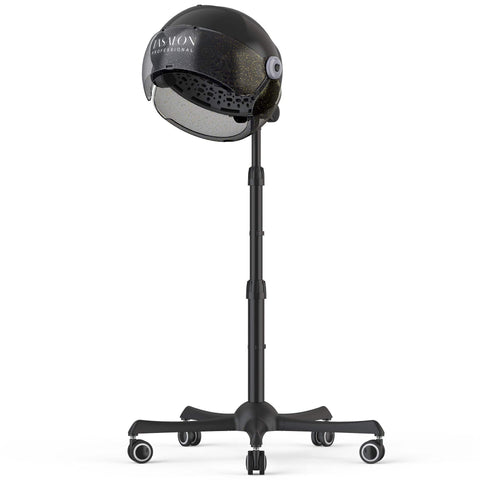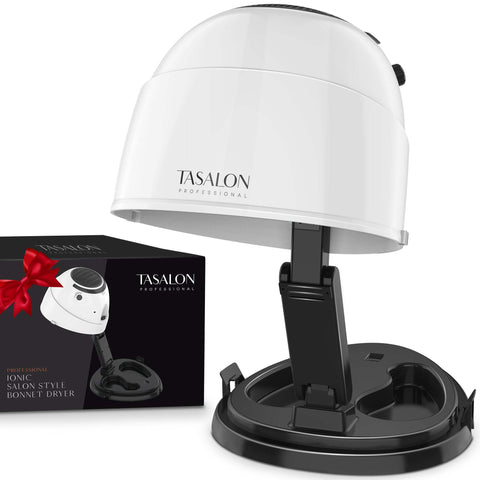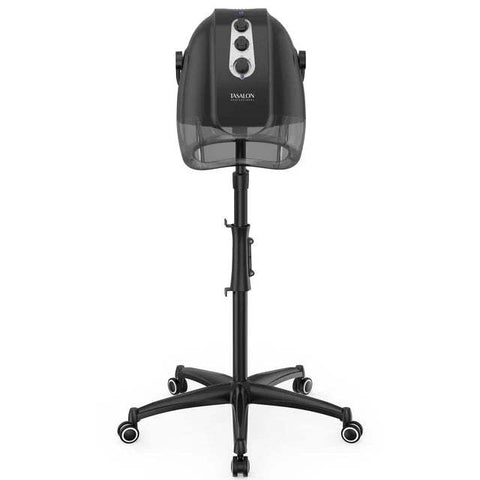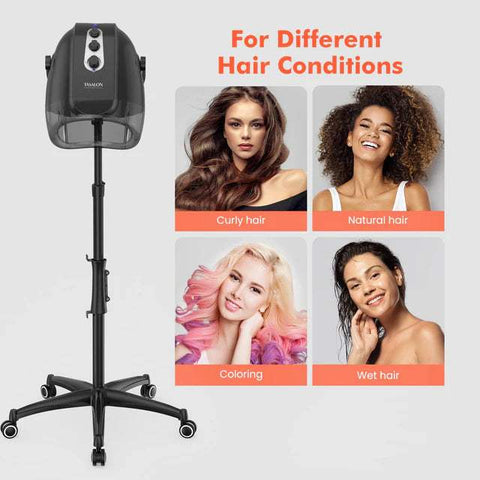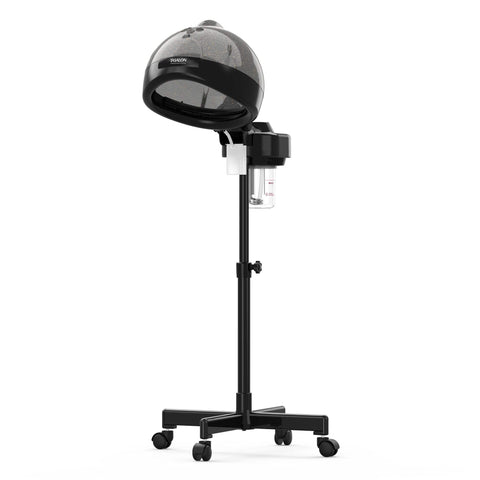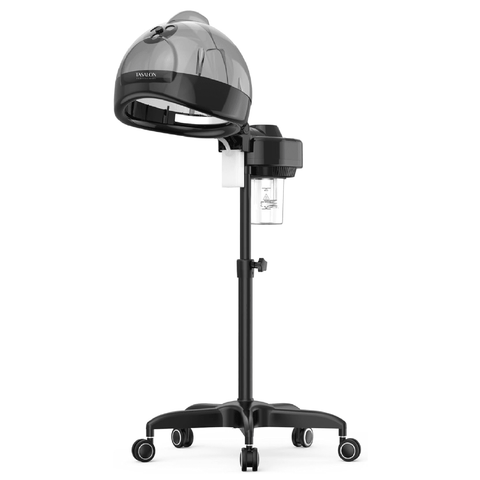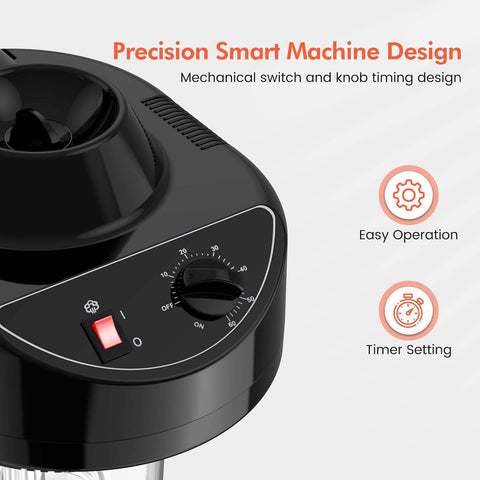Hair salon customer positioning equals income level
Barbershop owners know that the salon is a combination of technology and service, and our operating profit comes from the combination of customers. Of course, store managers know which customers are more profitable for them. However, many hairdresser managers simply do not understand how much profit or how much negative profit a certain customer or category can bring them.
The combination of customers determines the ultimate level of profitability, that is, value, of the store. If you use careful and scientific methods to count, you will find that the good 20% of customers generate most of the value (profit) of the store. In some cases, even the full value. But the problem is that the poor 20% of customers may destroy a lot of value and generate negative profits, while the remaining 60% make up for the difference. Unless the store has already started to segment the differentiated customer mix, don't try to maximize profits. For those customers with negative profits, reducing the service to some of them will increase profits.
Many store managers have always tried to be customer-centric, but their efforts have not led to an increase in the profits of the store. The reason is:
Do you insist that it doesn't matter if your customers have different profit margins? Do you admit that there are customers who can't bring you profit? If you're trying to measure customer margins, do you exclude some operating or cost expenses?
Have you added many new customers without understanding the cost of attracting customers and how long they are likely to stay? More importantly, it is not known how much profit (operating profit-cost) will be made from each new customer.
Do you base your strategy on average customer margins, and don't you know what the profit of your good 20% of customers and your poor 20% of customers is?
Have you failed to calculate how much each category of customers contributes to your brand and thereby increase your awareness? Have you failed to inform your employees about your knowledge of customer profit margins?
Using various business statistics table data and a simple inspection in the store, you can analyze the services received by different types of customers. You'll find that some people always like to accept services that are not profitable. And these customers also do not bring much profit to the store. You'll also find that these customers often complain that this practice makes profitable services less profitable or even unprofitable. Others only walk into your store to receive special offers when you have a discount. When the promotion period ends, they will never return. Again, this does not help generate profits.
When you don't understand customer profit margins, spend money on advertising, promotions, and other similar activities to attract customers to your door. The publicity expenses they spent on each customer, the cost of products consumed in the store, manpower and other expenses, but only attracted 1/10 of the customers. And not all of these 1/10 customers become long-term stable customers. At this time, the gains outweigh the losses. It's not terribly bad, but many store managers may not realize for years what's wrong with doing so. They prefer to focus on traditional profits rather than customer profit margins.


